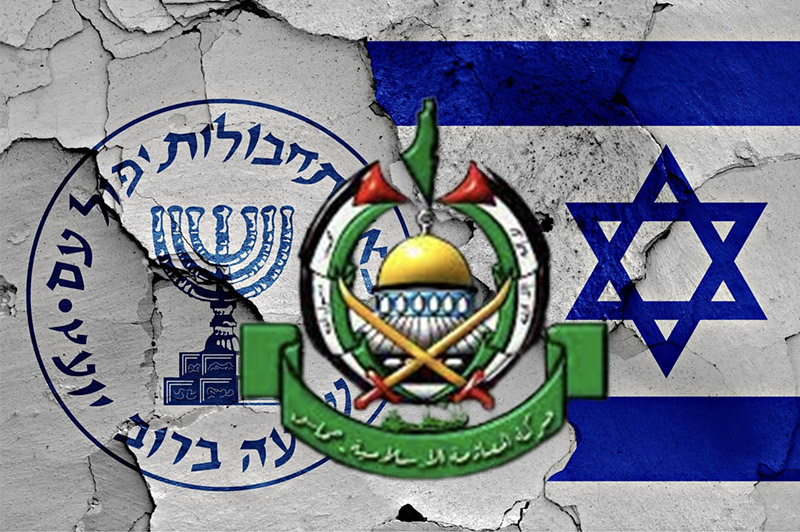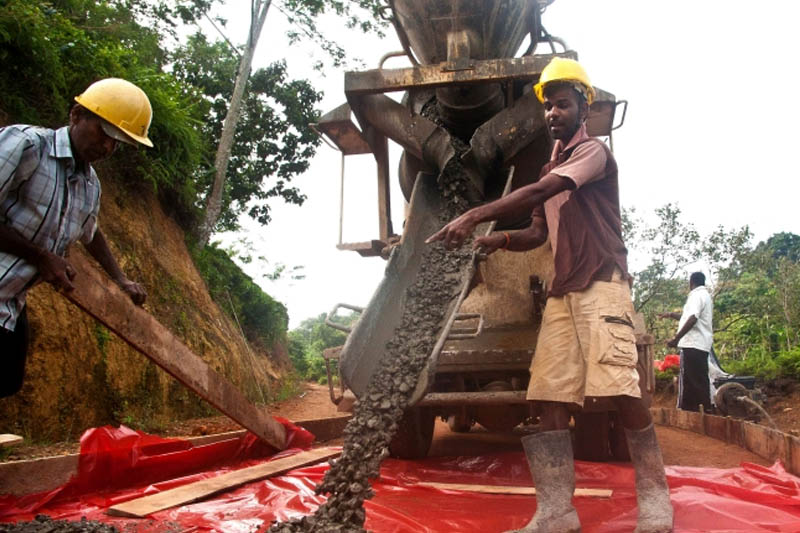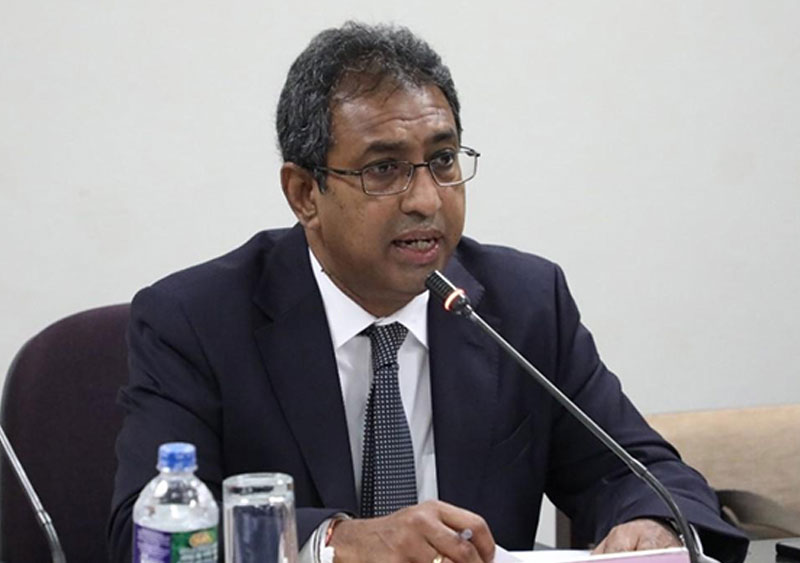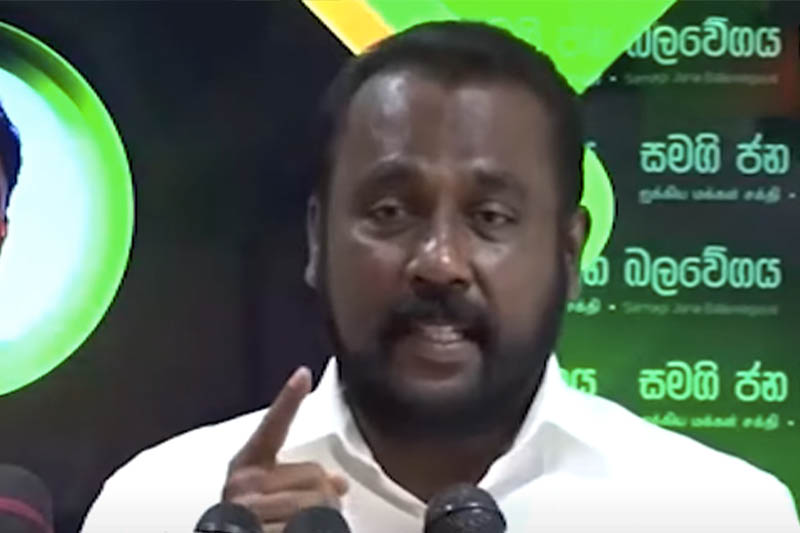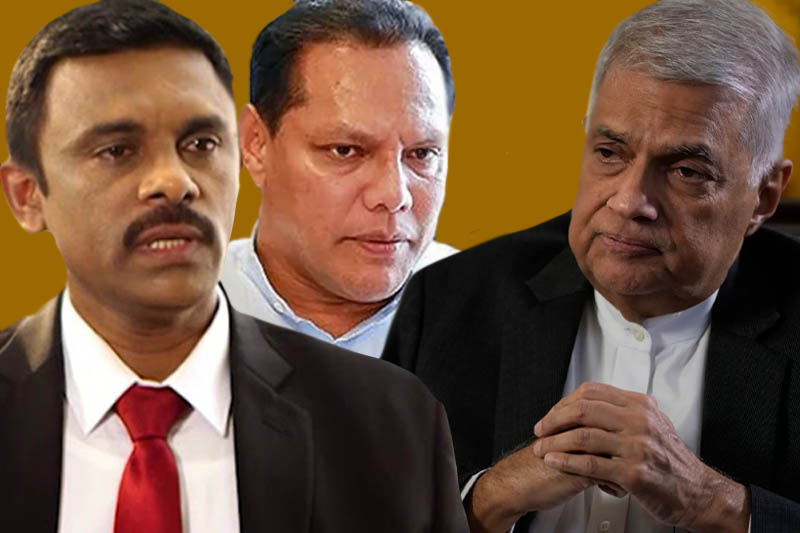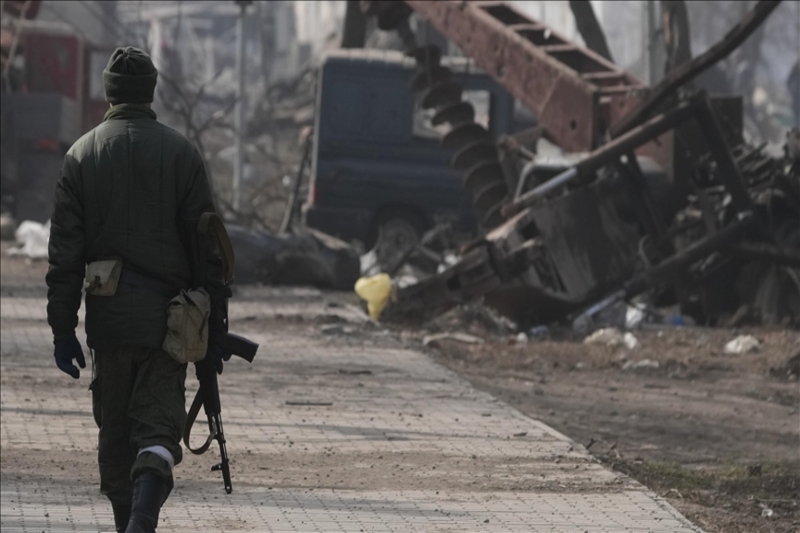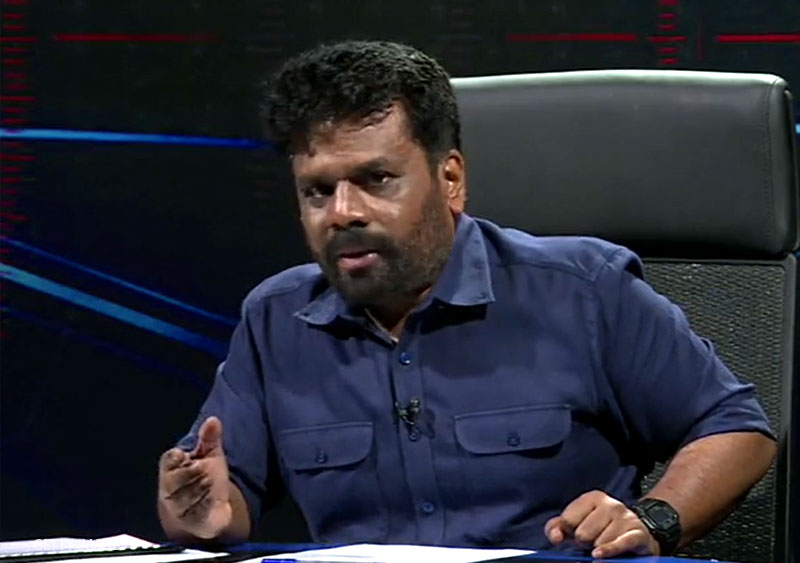By Aryan D.M
"Intelligence, despite its imperfections, is an indispensable yet challenging tool in statecraft. Operating in secrecy and facing uncertainty, deception, and resource constraints, it plays a vital role." - George Tenet, former Director of Central Intelligence
Introduction
The recent devastating attack by Hamas on Israel has sent shockwaves through the region and raised numerous questions regarding intelligence failures, military preparedness, and the broader implications of this conflict.
In this in-depth analysis, we delve into 15 critical aspects that shed light on the complexities surrounding this crisis.
Aspect 01: Israel's Initial Intelligence Assessment & Intelligence Failure
Reports circulated, claiming that Israeli officials initially believed that Hamas would avoid a full-scale war. This assessment, based on perceived Hamas interests, would prove to be tragically incorrect.
In the recent conflict, Israel experienced a significant intelligence failure. Despite having a well-established network of electronic intercepts, sensors, and human informants within Gaza, the country's intelligence agencies failed to anticipate and prevent the sophisticated assault launched by Hamas.
This failure raises critical questions about the effectiveness of Israel's intelligence apparatus.
The intelligence community's role is to provide timely and accurate information to decision-makers, enabling them to make informed choices about national security.
Israel's inability to detect Hamas's preparations for a coordinated attack involving land, air, and sea strikes indicates a breakdown in this crucial function.
Aspect 02: Economic Incentives and Gaza
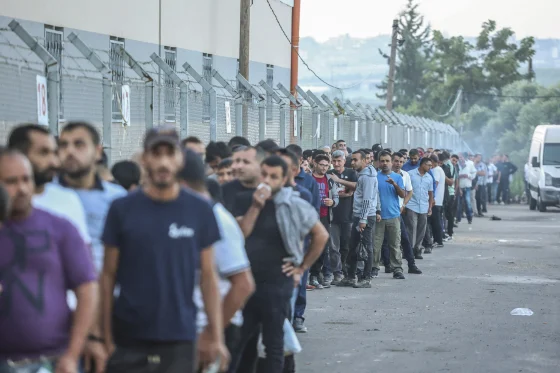
Palestinian workers wait to transfer from the Palestinian side of the Erez crossing to the Israeli side between Israel and the Gaza Strip on Sept. 28. (Photo: Ahmed Zakot / SOPA Images / Sipa USA via AP)
Israel had previously believed that offering economic incentives to Gaza would foster improved relations with Palestinians and potentially weaken Hamas's influence.
This strategy assumed that improving living conditions in Gaza would deter Palestinians from supporting militant groups like Hamas.
However, the recent conflict demonstrates that such economic incentives alone may not alter the underlying political dynamics of the region.
International Examples: Other examples worldwide show that providing economic aid or incentives does not necessarily lead to a shift in political allegiance or reduce support for militant groups.
It underscores the complexity of the Israeli-Palestinian conflict, where factors such as historical grievances, national identity, and geopolitical considerations often outweigh economic considerations.
Aspect 03: Criticism Within Israel & Iron Dome's Limitations
As the conflict unfolded, criticism within Israel grew, with some outlets labeling it the worst security failure in decades.
Prime Minister Netanyahu's leadership faced scrutiny as the country grappled with the consequences of the intelligence failure.
Example: In 1973, during the Yom Kippur War, Israel faced severe criticism for its initial unpreparedness, which resulted in significant casualties.
This historical parallel underscores the gravity of the current criticism and its potential impact on leadership.
Iron Dome's Limitations
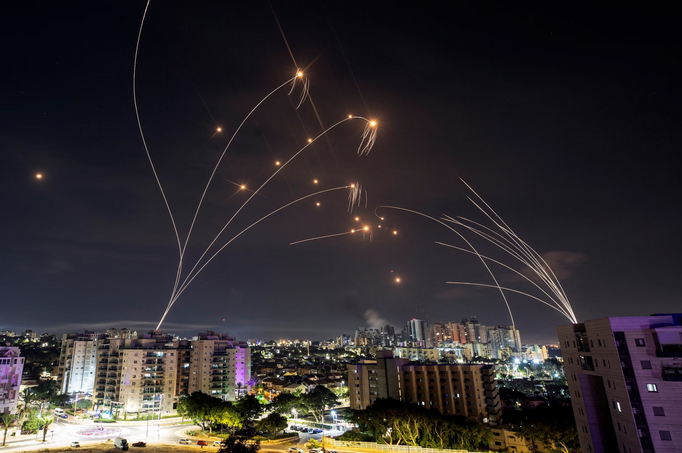
Iron Dome anti-missile system as seen from Ashkelon in southern Israel, on Oct. 8, 2023.
(Photo: Amir Cohen/Reuters)
Israel's Iron Dome missile defense system, touted for its effectiveness in intercepting rockets, faced significant challenges during the recent conflict.
Hamas's ability to overwhelm the system with a barrage of inexpensive but deadly missiles highlights the limitations of this defensive technology.
While during the 2014 Gaza conflict, Iron Dome intercepted many rockets but not all, highlighting the inherent limitations of missile defense systems against a sustained barrage.
In the recent attack, as well as in 2014, it struggled to cope with the sheer volume of incoming rockets, raising questions about the system's adaptability to evolving threats and the need for continuous technological advancements to maintain its effectiveness.
Aspect 04: Hamas's Arsenal
Hamas's arsenal of rockets and missiles played a pivotal role in the conflict. The group's ability to amass a substantial stockpile of Iranian-designed weapons without Israeli intelligence detection underscores the challenges of monitoring and countering such activities.
It's essential to note that Hamas's weapon procurement involved a combination of smuggling components through various routes, including underground tunnels and legal crossings. This demonstrates the adaptability of militant groups in acquiring advanced weaponry despite efforts to restrict their access.
Aspect 05: Shifted Priorities and Military Preparedness
Israel's allocation of military and intelligence resources has been a topic of discussion. The emphasis on potential threats from Hezbollah and the West Bank may have diverted attention from Gaza.
The recent conflict has prompted a reevaluation of these priorities, raising questions about whether Israel's focus on other regions left it vulnerable to attacks from Hamas.
The presence of a significant number of Israeli forces on leave or distant from the southern border during the attack highlights the importance of maintaining a state of readiness and intelligence vigilance, even in relatively quiet periods.
Aspect 06: Palestinian and Arab Intelligence Sharing
The role of intelligence-sharing among Palestinian and Arab governments, particularly in regard to Hamas's activities, has come into focus.
It's evident that Hamas managed to operate discreetly and avoid electronic communications that could be intercepted.
This highlights both the effectiveness of traditional, face-to-face planning and the success of Hamas's efforts to disrupt Israel's network of informants.
The precise nature of the intelligence shared among Palestinian and Arab governments remains a subject of interest, as it may have contributed to Hamas's ability to launch a coordinated attack.
Aspect 07: Unconventional Tactics and Generation 5 Warfare
Hamas's recent attack on Israel showcased a remarkable fusion of conventional and unconventional warfare tactics, underpinned by the strategic utilization of modern communication technologies.
This multifaceted approach bore striking resemblances to tactics employed by modern armies since World War II while seamlessly integrating elements of intifada-style uprisings, all while broadcasting the attacks in real-time via live streaming.
In essence, this represented a marriage between conventional warfare and unconventional warfare strategies, underscored by the application of Generation 5 warfare tactics with a heavy reliance on social media.
Conventional Warfare Integration
The Hamas assault on Israel was notable for its integration of conventional warfare elements.
It encompassed air, sea, and ground assaults—a combination resembling tactics used by modern armies for decades.
While Hamas lacks the resources of a traditional military force, its ability to coordinate these elements demonstrated a level of operational sophistication not typically associated with insurgent or militant groups.
Example: The integration of air, sea, and ground forces is a hallmark of modern military campaigns, as seen in the D-Day landings during World War II, where Allied forces conducted simultaneous amphibious assaults with aerial and ground support.
Intifada-Style Supporters
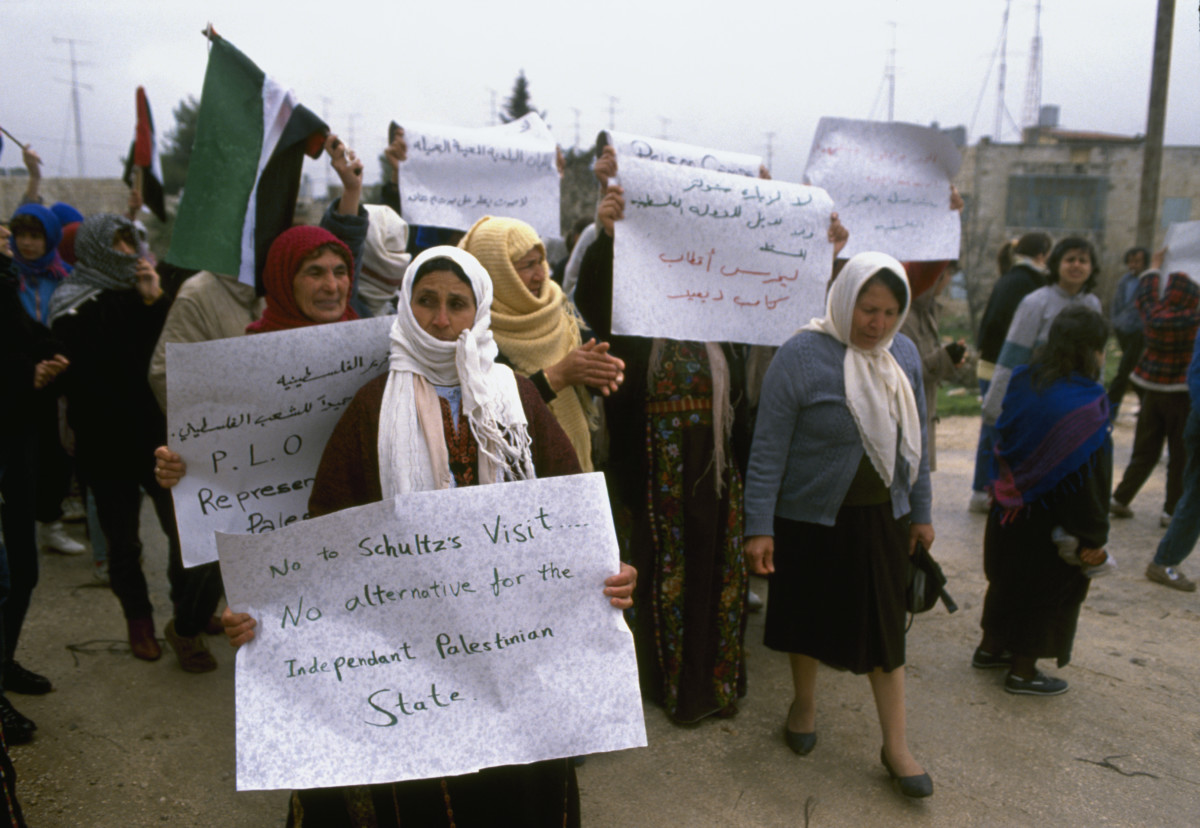
Palestinian women demonstrators carry signs during a protest in Ramallah during the First Intifada. (Photo: Patrick Robert / Sygma via Getty Images)
What further distinguished this attack was the participation of waves of intifada-style supporters.
The inclusion of such grassroots elements, reminiscent of past Palestinian uprisings, added a layer of unpredictability to the conflict.
It blurred the lines between combatants and civilians, making it challenging for Israel to identify and respond to threats effectively.
Example: The Palestinian intifadas of the late 20th century involved mass protests, civil disobedience, and acts of violence by Palestinian civilians. Hamas's use of these elements harkened back to these historical uprisings.
Live Streaming and Social Media
Perhaps the most distinctive aspect of Hamas's approach was its use of real-time live streaming via social media platforms.
Broadcasting the attacks allowed Hamas to garner global attention and support while capitalizing on the instantaneous nature of social media to shape the narrative of the conflict.
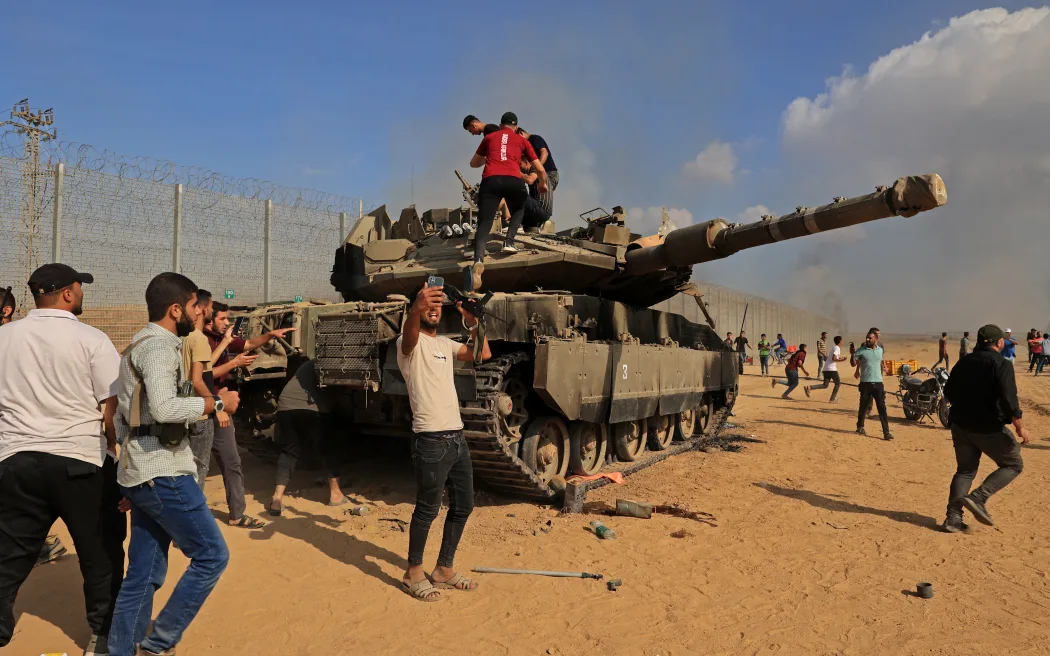
Palestinians take control of an Israeli tank after crossing the border fence with Israel from Khan Yunis in the southern Gaza Strip. (Photo: AFP / Said Khatib)
This tactic is indicative of Generation 5 warfare, where information warfare, media manipulation, and psychological operations play central roles.
Example: Similar tactics have been employed by various groups and state actors in the digital age.
ISIS, for instance, was known for its prolific use of social media to disseminate propaganda and recruit sympathizers.
Aspect 08: Impact on Civilian Life
The conflict's impact on civilian life in both Israel and Gaza has been profound. In Gaza, where conditions were already dire due to the Israeli-Egyptian blockade, the conflict has exacerbated humanitarian challenges.
The blockade restricts the import of essential goods, contributing to economic hardship and limited access to healthcare and education.
Similar conditions of hardship and despair in other conflict zones worldwide have shown that deteriorating living conditions can lead to increased radicalization and recruitment into militant groups.
This aspect underscores the urgent need for addressing the humanitarian crisis in Gaza to prevent future escalations of violence.
Aspect 09: Israel's Military Response & Iran's Role
Following the attack, Israeli Prime Minister Benjamin Netanyahu declared, "we are at war." The question of how Israel should respond militarily presents a complex dilemma.
While Hamas remains a significant threat, Israel must consider the potential consequences of a large-scale ground invasion, particularly in densely populated areas like Gaza City.
One example of a protracted urban warfare scenario is the 2014 Gaza War (Operation Protective Edge), where Israeli forces encountered significant challenges and faced international criticism for civilian casualties.
Examining this historical context provides insights into the difficulties Israel might encounter if it opts for a ground assault.
Iran's Role
The potential involvement of Iran in supplying and planning the attack is a significant concern, given its alliance with Hamas and regional dynamics.
Iran may have sought to disrupt Israel's plan to normalize relations with Saudi Arabia, complicating regional diplomacy.
Example: Iran's role as a regional disruptor is well-documented, with its support for various proxy groups across the Middle East, including Hezbollah in Lebanon and Houthi rebels in Yemen.
Aspect 10: Israel Domestic Political Divisions & Palestinians Caught in the Crossfire
Israel's domestic political divisions in the lead-up to the attack had an impact.
Netanyahu's government faced criticism from within the security establishment, raising questions about the influence of these divisions on Hamas's calculations.
Example: Political divisions within countries can have far-reaching consequences. In the U.S., political polarization and divisions have affected decision-making on foreign policy and national security matters.
Palestinians Caught in the Crossfire
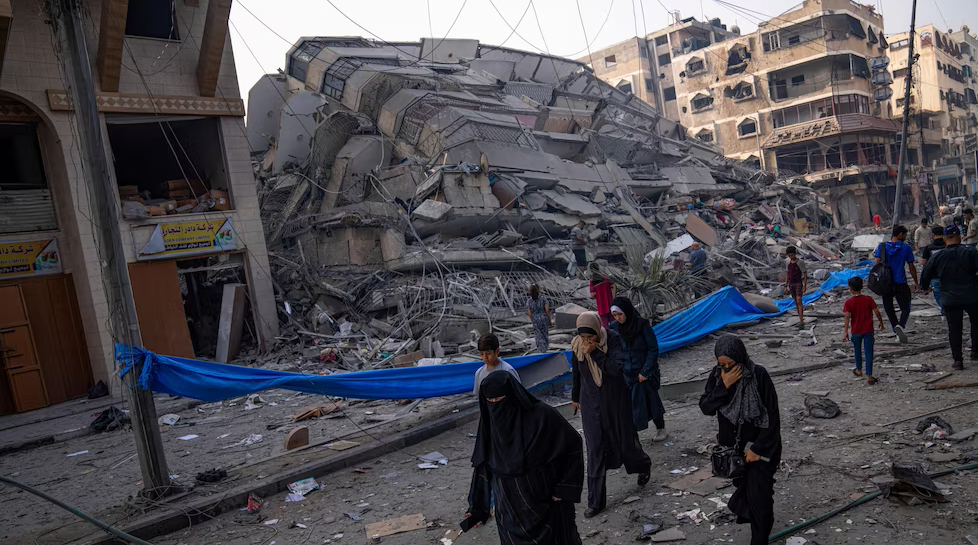
Palestinians walk by the rubble of a building after it was struck by an Israeli airstrike, in Gaza City. (Photo: Fatima Shbair)
The Palestinian population, particularly those living in Gaza, often find themselves caught in the crossfire of conflicts. As recent events have shown, civilians face significant risks and hardships during periods of heightened hostilities.
This aspect can be illustrated by past examples, such as the 2014 Gaza War, where thousands of Palestinian civilians were killed, and infrastructure was severely damaged. The plight of innocent civilians highlights the need for international efforts to protect civilian populations in conflict zones.
Aspect 11: Israel's Overconfidence and Failure to Connect Dots & Strategic Quandary
The intelligence failure stemmed from overconfidence and the inability to connect crucial pieces of information. Israeli intelligence agencies faced the challenge of reconciling fragmented data and underestimating the scope of Hamas's operation.
Example: Overconfidence in intelligence assessments is not unique to Israel. The U.S. faced criticism for its failure to connect dots before the 9/11 attacks, highlighting the inherent challenges of intelligence analysis.
Strategic Quandary
Israel's approach to dealing with Hamas has been described as "mowing the grass," involving periodic military operations aimed at degrading the group's capabilities.
However, this strategy presents a strategic quandary for Israel. It must exert enough force to deter Hamas while avoiding actions that could topple the regime or lead to a long-term occupation.
Drawing parallels with the Israeli invasion of Lebanon in 1982, where Israeli forces faced challenges in urban warfare, can shed light on the complexities of dealing with militant groups operating in densely populated areas like Gaza.
Aspect 12: Danger of Prolonged Urban Warfare
Prolonged urban warfare presents significant challenges for both military forces and civilian populations.
It is a form of warfare that often leads to devastating consequences, making it crucial to understand the tactics and strategies employed.
In the context of the recent conflict involving Hamas, it's evident that urban warfare principles have been incorporated into their strategies.
The attackers utilized a combination of conventional warfare tactics, such as ground assaults, with elements of urban guerrilla warfare, including the use of civilian infrastructure for cover and a rapid shift between different modes of attack.
Recent military interventions in Afghanistan and Iraq by U.S. and NATO forces provide valuable insights into the complexities of urban warfare.
Examples:
1. Afghanistan: Kabul and Other Urban Centers
The war in Afghanistan, particularly in urban areas like Kabul, posed numerous challenges for international forces. The dense, complex, and often unfamiliar urban terrain made it difficult to distinguish between combatants and civilians.
The use of improvised explosive devices (IEDs), sniper attacks, and suicide bombings by insurgent groups further compounded the urban warfare dilemma.
NATO and U.S. forces had to adapt their strategies to minimize civilian casualties and protect their own troops while combating a resilient insurgency.
2. Iraq: Battle for Mosul
The battle for Mosul in Iraq, one of the largest urban operations in recent history, showcased the intricacies of urban warfare.
The city's vastness and population density required a meticulous approach. ISIS militants employed tactics like tunnel systems, booby traps, and the use of civilians as human shields.
U.S.-led coalition forces had to exercise precision to liberate the city without causing excessive harm to the civilian population.
Carlos Marighella's Influence
Carlos Marighella's ideas on urban guerrilla warfare, which emphasized insurgency within urban environments, have parallels with the challenges faced by conventional military forces in urban warfare.
While Marighella's tactics were intended for insurgent groups, elements of urban guerrilla warfare can be observed in modern urban conflicts.
Prolonged urban warfare
The danger of prolonged urban warfare is twofold: It poses significant risks to civilian populations, and it challenges military forces in terms of distinguishing combatants from non-combatants while navigating complex urban terrain.
Examining historical examples of urban warfare, including Marighella's principles, can provide insights into the difficulties faced by both sides in such conflicts, especially considering Israel's past experiences in Gaza, particularly during Operation Cast Lead in 2008-2009, highlight the difficulties of conducting military operations in densely populated areas.
Aspect 13: Regional and International Consequences
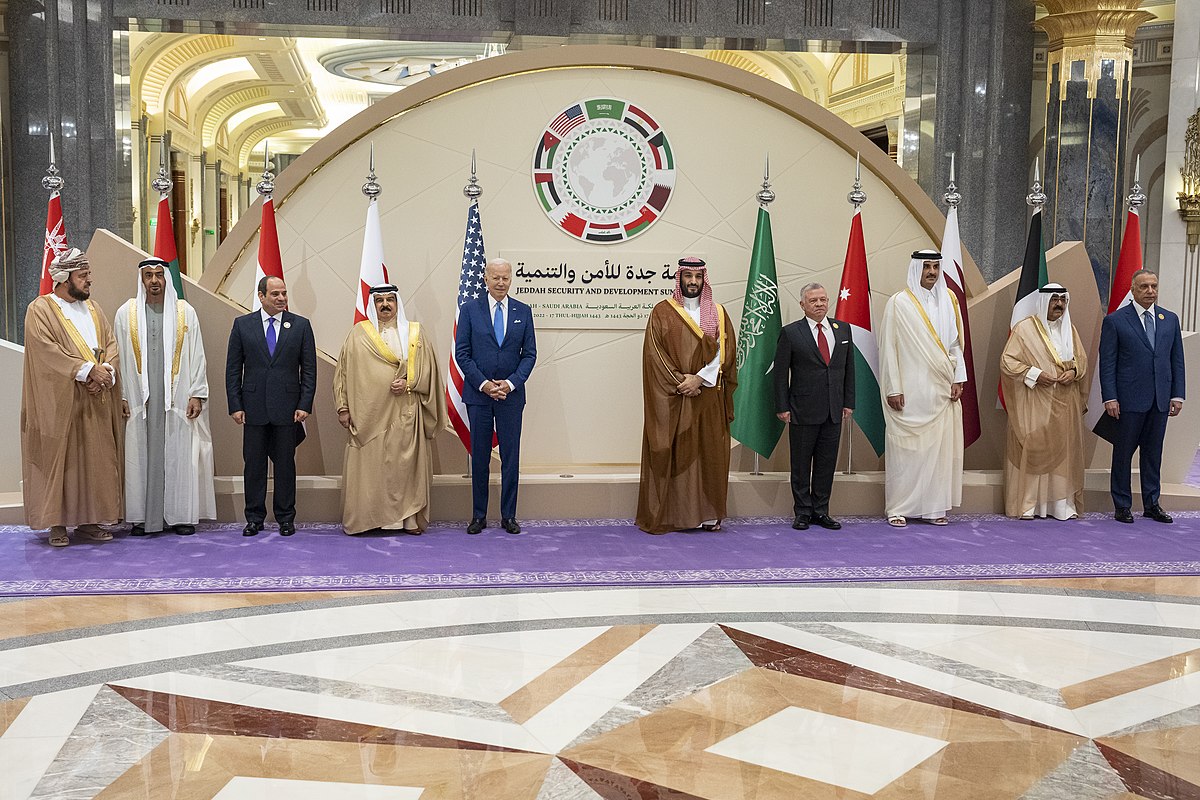
U.S. President Joe Biden meets with leaders from the Middle East, including Mohammed bin Salman of Saudi Arabia, at the "Jeddah Security and Development Summit" in 2022. (Photo: Twitter/POTUS)
The recent conflict has broader regional and international implications. It has the potential to disrupt diplomatic efforts, such as the negotiations between Israel, Saudi Arabia, and the United States.
The conflict's escalation may discourage regional cooperation and peacemaking efforts.
Historical parallels, like the aftermath of the 9/11 attacks in the United States, remind us of how unexpected events can lead to significant shifts in regional dynamics and international policies.
The consequences of the recent conflict extend beyond immediate security concerns.
Aspect 14: Prospects for Peace Talks
The conflict's escalation raises doubts about the prospects for peace talks and reconciliation between Israelis and Palestinians.
It becomes even more challenging to envision a two-state solution when violence and hostilities are ongoing.
While the Israeli-Saudi normalization deal had offered hope for regional stability, the recent events cast uncertainty on the path to peace.
Examining historical examples of peace negotiations that were derailed by violence can provide insights into the fragility of such processes in conflict-prone regions.
Aspect 15: Future Scenarios and Uncertainty
The future in the Middle East remains uncertain, with multiple possible scenarios.
The conflict's ripple effects, along with geopolitical considerations, can lead to unforeseeable developments.
This aspect underscores the volatile nature of the region and the need for careful strategic planning.
Historical lessons, such as the U.S. response to the 9/11 attacks and its consequences in the Middle East, highlight the challenge of predicting long-term outcomes in a region characterized by complexity and uncertainty.
Conclusion
In summary, the recent Hamas attack on Israel has exposed critical intelligence gaps, resource allocation challenges, and the limitations of missile defense systems.
It showcased a blend of conventional and unconventional warfare tactics, with Iran's potential involvement adding complexity.
The attack's impact on Israeli politics and the threat of prolonged urban warfare raised concerns. Addressing the humanitarian crisis in Gaza demands international attention.
This event underscores the urgency of resolving the Israeli-Palestinian conflict for lasting peace in the region.
Related News:

